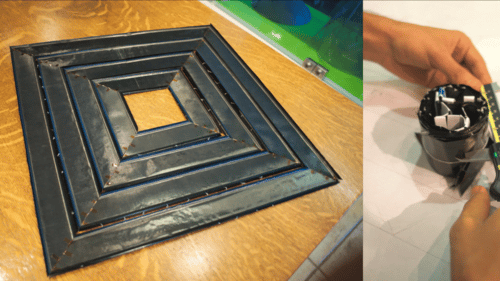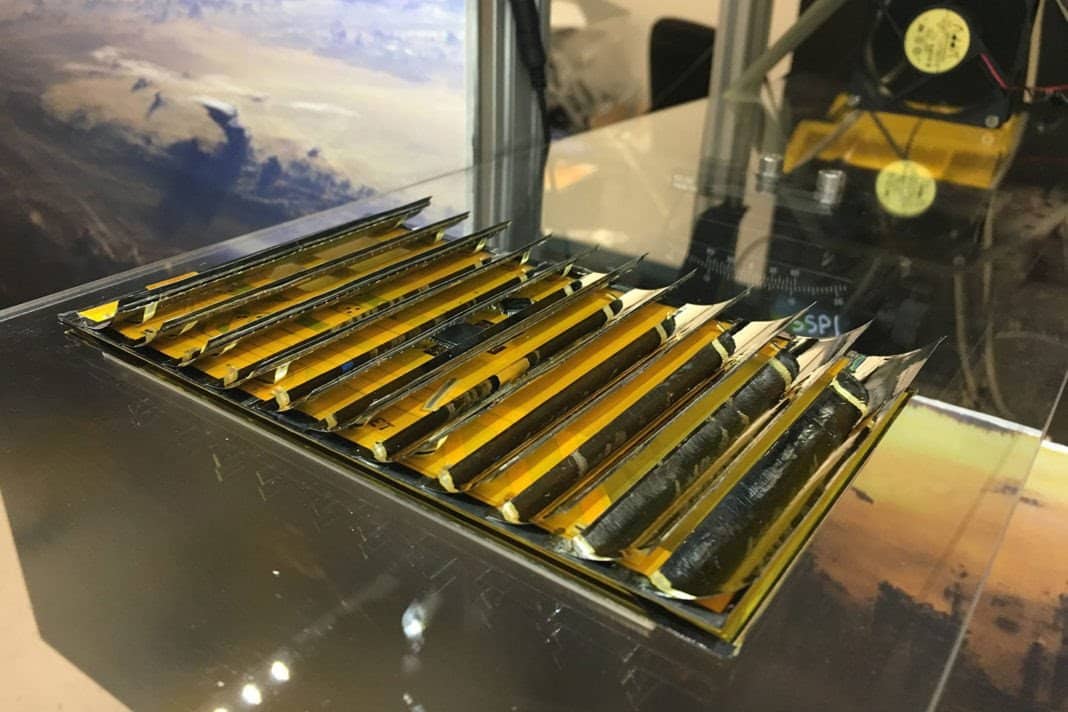The California Institute of Technology (Caltech) has received a $ 100 million grant for its solar power from space (SSPP) project.
The project aims to develop a technology capable of generating in space the energy virtually unlimited solar energy and bring it to Earth.
Harvesting solar energy in space and transmitting unlimited energy wirelessly to Earth through microwaves will give us energy availability unaffected by the weather or time of day. Solar energy could be continuously available anywhere on Earth.
Caltech statement
Space based Solar Power Project, unlimited solar energy from space
An undoubtedly ambitious project, which not surprisingly has been ongoing for years. It was 2013 when the first donation (from Donald and Brigitte Bren) started the initiative. Today SSPP is approaching a significant milestone: the test launch of a prototype. What will it do? Everything foreseen by the plan: it will collect sunlight and convert it into electricity, transferring it wirelessly into free space through radio frequency (RF).
The idea emerges naturally from the current limitations of renewable energy.
Solar energy is ubiquitous on the surface, but not unlimited. It is subject to weather, season and time of day. Even under ideal circumstances, no solar panel can always operate at full capacity, so the main problem is to transfer and store energy in a smart grid.

In space it is possible
A solar panel in orbit can be exposed practically always to full sunlight, and without power reduction.
"This ambitious solar energy project from space is a transformative approach to the harvest of unlimited solar energy on a large scale“, says the SSPP researcher Harry Atwater in Press release of the launch made by Caltech.
The first test of the project will take place in early 2023. Prototypes with solar power generators and RF wireless energy transfer are expected to have a deployable structure approximately 1,8 meters by 1,8 meters (6 feet by 6 feet).
The problems to be faced in order to give unlimited energy to the planet
Currently, researchers are still working on ways to harvest enough energy. The second step will be to radiate that energy towards the surface in a way that doesn't lose most of it on the way down.
The final system is conceived as composed of several modules that can be deployed in flight in close formation and operate in synchrony with each other. Each module is several tens of meters on each side and the system can be built by adding more modules over time.
SSPP aims to produce a global supply of clean, unlimited, renewable solar energy at virtually rock bottom prices. Day and night.


